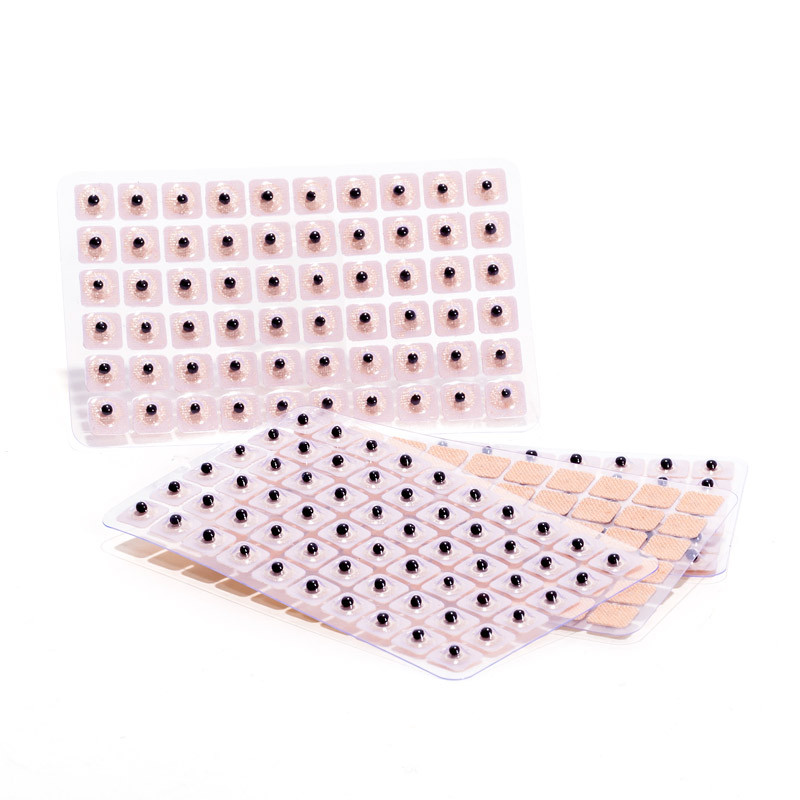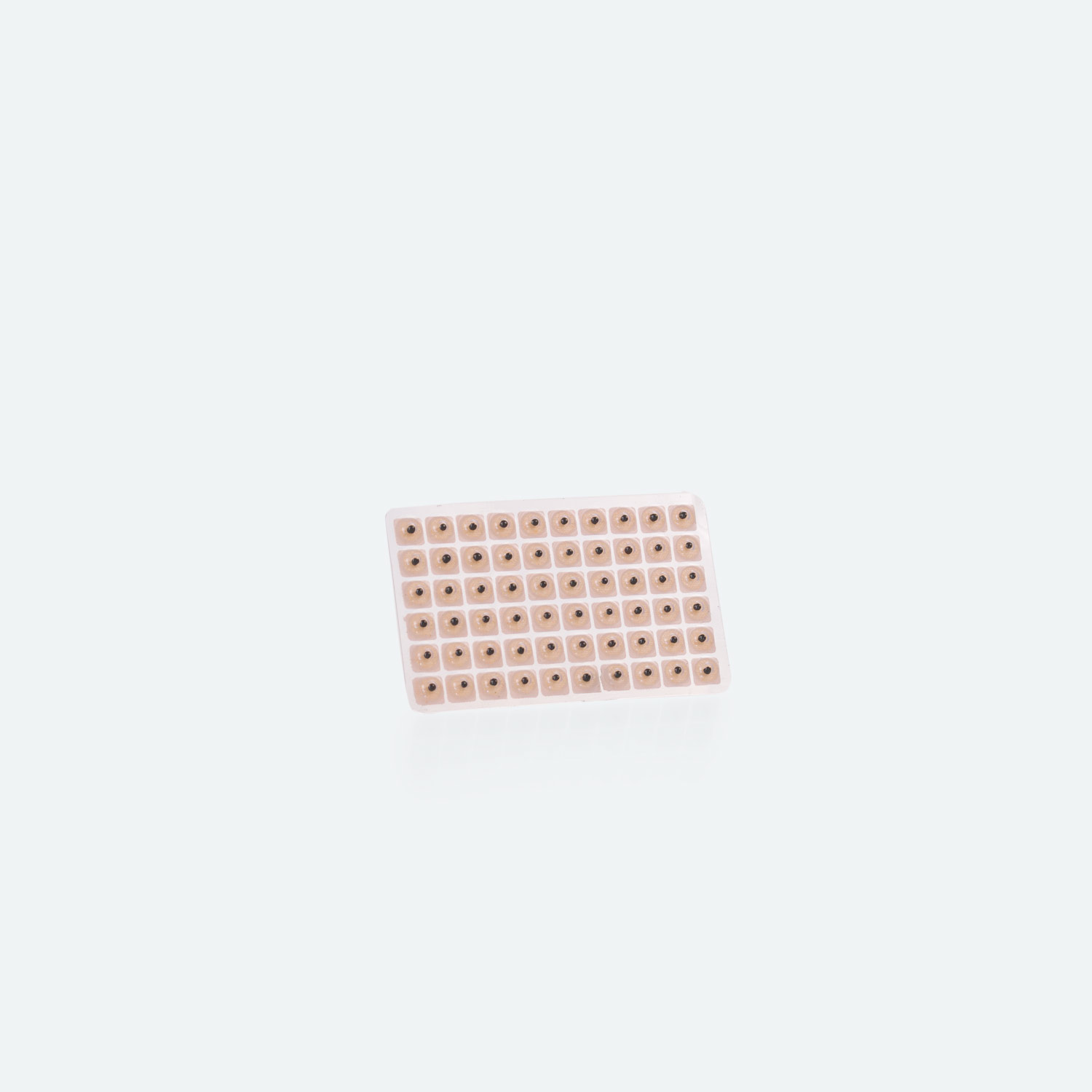
600 Stück Ohrsamen, Akupunkturpflaster Nachfüllpackung Einweg-Ohrpresse Samen Akupunktur Vaccaria Pflaster Ohrmassage Bean Aurikulotherapie : Amazon.de: Drogerie & Körperpflege

Ohrsamen - Akupunktur & Moxa - Praxisbedarf und Wundversorgung - Hebammenbedarf - aroma-apotheke.com

Einweg Ohr Presse Ohrsamen - Multi-Condition Ohr Samen Akupressur Kit, Einweg-Ohrsamen, Pflaster Akupunktur Ohrsamen, Disposable Ear Press Patch für Gesundheitsprobleme : Amazon.de: Drogerie & Körperpflege

Ohrsamen Akupunktur, Ohrmassage Aufkleber, Einweg-Ohrsamen, 600 Stück Ohrsamen Pflaster Vaccaria Seed für Ohr Akupressur, 10 Blätter : Amazon.de: Drogerie & Körperpflege

Anlising 600 Stücke Vaccaria Belebt Ohrsamen Pflaster,Akupunktur Vaccaria Ohrsamen,Einweg-Ohrsamen,Multi-Condition Ohr Samen Akupressur Kit,Disposable Ear Press Patch für Gesundheitsprobleme : Amazon.de: Drogerie & Körperpflege

Healifty 1800 Stücke Einweg Ohr Presse Ohr Samen Pflaster Akupunktur Vaccaria Ohrsamen für Gesundheitsprobleme (30 Blatt) : Amazon.de: Drogerie & Körperpflege

Anlising 600 Stücke Vaccaria Belebt Ohrsamen Pflaster,Akupunktur Vaccaria Ohrsamen,Einweg-Ohrsamen,Multi-Condition Ohr Samen Akupressur Kit,Disposable Ear Press Patch für Gesundheitsprobleme : Amazon.de: Drogerie & Körperpflege

















